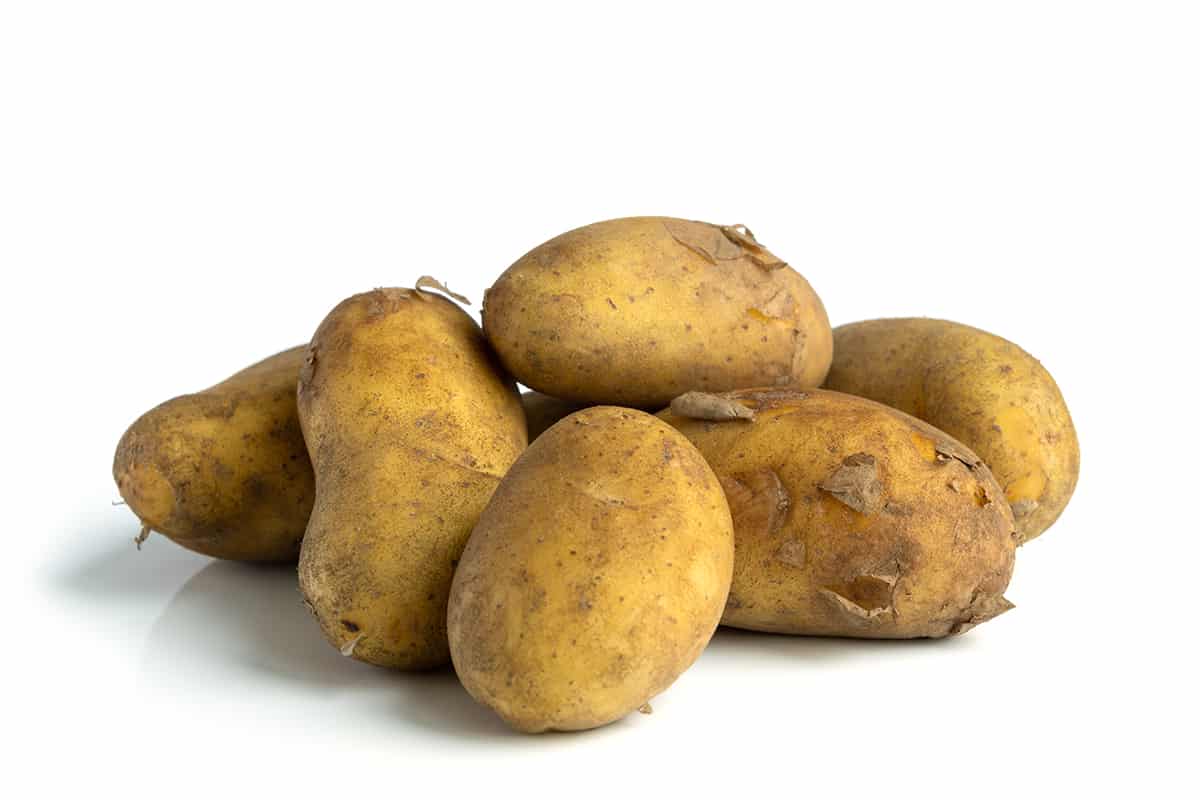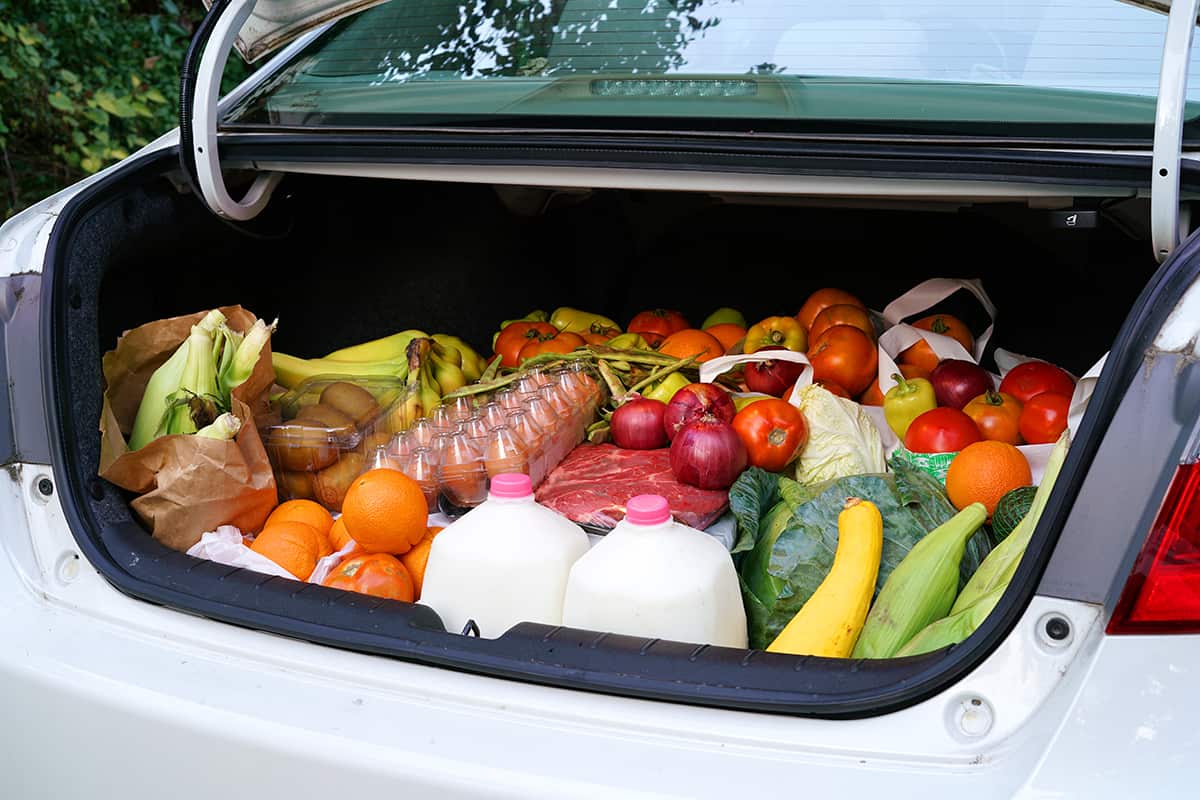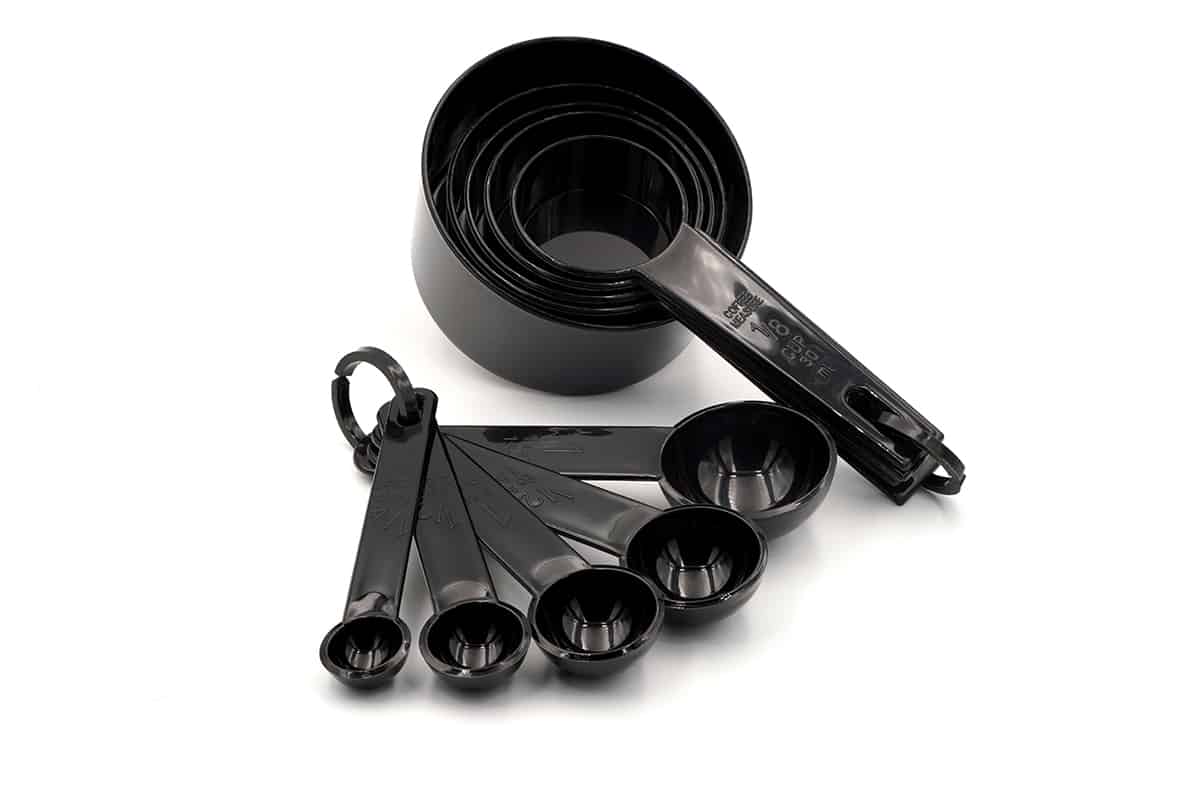Cooking will always be a part of who we are as a species, no matter how far our cultures advance. It’s a great way to show affection, learn something new, and get creative in the kitchen.
If you’d like to learn more about cooking (not exactly how to cook, though), then I invite you to continue reading! In this guide, I’ll share dozens of random, delicious facts about cooking that you’ve never heard of before!
Cooking Facts and Statistics
- Cooking simply introduces heat to your ingredients to kill viruses and bacteria.
- A whopping 56% of Americans dine out or order takeout at least twice a week.
- Only about 37% of Americans cook at home between 3 and 5 times per week.
- Roughly 45% of Americans despise cooking, while only 10% admit to enjoying cooking as an activity.
- During the height of the pandemic, about 44% of Americans said they cooked more often.
- The number of French people who order takeaway meals has steadily declined over the years.
- Nettle pudding, a traditional English dish, has been around since at least 6000 BC.
- Japanese chefs must receive a license to serve pufferfish due to the fish’s toxicity. One wrong cut and the diner may experience a painful death.
- The vast majority of families (92%) in May 2021 reported that they intended to maintain or increase the frequency of home-cooked meals for the family after the pandemic was over.
- During the COVID-19 epidemic, 31% of the population ate something they had never tried before.
- Since the pandemic began, 23% of people have tried new foods, ingredients, or flavors.
- The microwave has surpassed all other cooking devices in popularity.
- In the United States, Americans love their home-cooked Mexican food, and Americans love their home-cooked American food almost as much.
- From 58% in 2021, 73% of Americans snack at least once daily in 2022.
- Among the many ingredients that Americans try to avoid, sugar and artificial sweeteners are at the top of the list.
- When compared to baby boomers, millennials are 37% more likely to think what they eat affects the planet.
- The waste of food is a concern for 57% of shoppers. As a generation, baby boomers are more likely to worry about food waste because of the financial implications and because they were taught not to waste food, while millennials and Gen Zers are more likely to worry about food waste because of the environmental impacts.
- While only 25% of baby boomers, 18% of millennials, and 17% of Gen Z adults admit to skipping breakfast on weekdays, 26% of Gen Xers do so.
- On a daily basis, 60% of women and 33% of men prepare food.
- On Mondays, more Americans (61%) report preparing a meal at home than on Fridays (49%).
- Nearly four in ten millennials (39%) say they regret not learning basic cooking skills in school.
- Men spend about 41.5 minutes per day cooking, while women spend an average of 57.2 minutes doing so. On average, Americans spend 46 minutes per trip at the supermarket.
- Time savings (26.9%), improved nutrition (22.2%), and financial savings (19.1%) are the top 3 justifications for prepping meals.
- The typical American wastes $1,300 annually on food that goes uneaten.
- The current record for the longest cooking marathon is 87 hours and 45 minutes, held by chef Lata Tondon.
- When you factor in the appetizers, the main course, the drinks, and the desserts, a holiday meal can easily exceed 3,000 calories, and that doesn’t even include seconds!
- 73% of Americans said they ate meat on a regular basis in 2022. Some 12% of the population identifies as a partial vegetarian, and another 10% is vegetarian or vegan.
- In 2021, 70% of millennials said they had tried a snack because they saw it on social media.
- One of the world’s priciest foods is the fresh white truffle. This is especially true of the Italian Alba winter truffle. The price per pound is well over $4,000.
- Around 1.8 million years ago, people in the human population began to engage in the practice of cooking.
- Chopsticks were originally developed as a cooking tool, not an eating tool.
- It is generally agreed that the Michelin Star is the most prestigious culinary award in the world.
- Sandwiches originated as a lazy man’s way of eating. Rumor has it that the sandwich was developed by John Montagu in 1762 as a solution to keep him from starving while gambling.
- The oldest recorded recipe dates back to 1700 BC to the Ancient Mesopotamian, who recorded recipes on stone tablets. However, the tablets only contain a list of ingredients, not a method of preparing the dish.
- The spice trade dates back to roughly 2000 BC in the Middle East. Back in the day, merchants would travel the world in search of exotic spices to sell. At one point in time, black pepper was used to pay taxes and rent.
- 16th-century English pies were full of surprises, including live animals that came out of the crust once cut.
- Contrary to popular belief, cooking alcohol doesn’t remove it completely. At most, 85% of the alcohol is burned off.
- Cooking smoke counts for up to 3.3% of worldwide deaths every year.
- Microwaves get a bad rep for “destroying nutrients,” even though this is just a myth. In fact, because microwaving doesn’t involve direct heat from flames, it’s considered the safest and healthiest way to prepare vegetables!
- Despite its name, the pound cake never used to weigh 1 pound—it weighed 4 pounds! You would need to prepare 1 pound each of butter, flour, sugar, and eggs.
- Wooden or plastic cutting boards? They’re both just as good as each other, and they’re both prone to becoming contaminated with foodborne pathogens. The most important thing is how you clean the cutting board!
- When prepared incorrectly, cassava can cause cyanide poisoning. Make sure to detoxify the root vegetable by soaking it, drying it, and scraping off the exterior before cooking and serving it.
- Stuffed camel is a popular dish in the Middle East. The largest menu item to be served at a restaurant is a whole stuffed camel!
- The chef’s hat is actually called a toque. It means hat in Arabic.
- The most expensive spice in the world is saffron. A single kilogram of red stamens can cost upward of $3,000!
- It takes 150 saffron flowers to produce a single gram of saffron.
- Dull knives are more dangerous than sharp knives because they require more pressure to cut through fruits and vegetables. This can lead to slipping, which can leave deep gashes in your fingers and hands.
- Bird’s nest soup, a delicacy in many parts of Asia, is made of the hardened saliva of the swiftlet. After processing, the bird’s nest can cost as much as $10,000 per kilogram!
- Salted butter can stay out at room temperature for longer than unsalted butter since the salt content acts as a preservative.
- In general, cooking can be split into 3 methods: dry-heat cooking, moist-heat cooking, and combination cooking.
- The irrational fear of cooking is known as mageirocophobia.
- Fast food has several effects on the human body, the most notable of which is that it leads to obesity.
- The danger zone is defined as a temperature range between 40 and 140°F. This is the temperature range in which foodborne pathogens thrive.
- If food is exposed to the danger zone for at least 2 hours, you better throw it away. It may be infected with more pathogens than you can reasonably get rid of with heat.
- Women spend a disproportionate amount of time in the kitchen compared to men, as this is seen as a female role in many cultures and religions.
- 780,000 years ago in Africa, people left behind charred remains of their meals, suggesting they were cooking.
- Contrary to what the internet will have you believe, pink salt does not offer any more health benefits than regular salt.
- Adding a splash of vinegar or lemon juice to mashed potatoes helps them retain their bright white color.
- Vitamin C is stored in the skin of some vegetables like potatoes. Consequently, the amount of vitamin C is diminished after peeling.
- You may have heard about the old pasta-sticking-to-the-wall technique. Basically, you can test the doneness of pasta by hurling it at a wall and seeing whether or not it sticks. This is a myth—moist pasta almost always sticks to walls.
- In 2021, the entire fast-food industry received over $278 billion in revenue in the US alone. The pandemic was a fantastic time for fast-food restaurants everywhere.
- The US is home to 194,395 fast-food restaurants. There’s very little wonder why there are 70 million obese people in our country.
- Historically, women were more likely to be injured while cooking than men because they tended to wear loose-fitting clothing, such as long skirts and sleeves, when working with open flames.
- According to legend, the first restaurant ever opened belonged to a soup vendor in 1765.
- Fine dining was invented in France back at the turn of the 18th century.
- China is the most wasteful country in terms of food waste. Every year, the entire country casts aside 96.1 million metric tons of food. India is in second place with a total wastage of 68.8 million metric tons.
- 16% of Americans are switching from cow-based dairy to plant-based alternatives.
- Dark chocolate can actually lower blood pressure and lessen the effects of inflammation. Of course, I’m talking about unsweetened dark chocolate, not the sugar-laden stuff you typically buy at grocery stores!
- It’s generally believed that nectarines, which means “sweet like nectar,” originated in China over 4,000 years ago.
- During World War II, the American Fat Salvage Committee was formed to encourage homemakers to save any leftover fat from cooking and send it to the military for use in making explosives.
- A group of 501 women between the ages of 20 and 35 who watched food television and cooked from scratch more often than those who learned about cooking from friends and family, magazines and newspapers, or cooking classes weighed, on average, 11 pounds more.
- The Romans understood the dangers of lead exposure from mining and pipes, but they didn’t make the connection between lead and cooking pots and pans.
- Laser, derived from the silphium plant, was one of the most widely used ingredients in ancient Roman cuisine. Because of its high culinary value, it was hunted to extinction in its native habitat in what is now Libya and is therefore extinct.
- Generally speaking, the amount of fat in a single spray of cooking spray is so small that it can be counted as “fat-free.” That means there are zero calories in a can of oil.
- Alexis Soyer, a famous French chef born in 1810, developed the first gas stove, the first water-cooled refrigerator, and the first oven with temperature controls. In fact, people could take guided tours of his kitchens because of how well-known he was for cooking there.
- Medieval sauces and other dishes frequently called for almond milk. It was regarded as a much higher class and more opulent than cow’s milk.
- If you put the Styrofoam cup of noodles in the microwave, the BPA chemical it contains will be released at a higher concentration.
- Sweet potatoes can be made even sweeter by first being par-cooked in water at temperatures between 135 and 170°F (57 and 77°C), where an enzyme is activated to convert the starch into Maltese.
- In the kitchen, stuffing the carcass of one animal into another is known as “engastration.” The practice is generally traced back to the Middle Ages. One of the dishes that can be prepared with this method is turducken, which consists of chicken meat stuffed into a duck carcass inside a turkey.
- Ping pong balls can be used to keep water from evaporating while using the sous vide technique of cooking, in which meat is heated in a water bath.
- The term “scant” refers to an amount that is below the specified measurement in a recipe. A scant teaspoon, for instance, would be slightly more than half a teaspoon but less than a full teaspoon.



